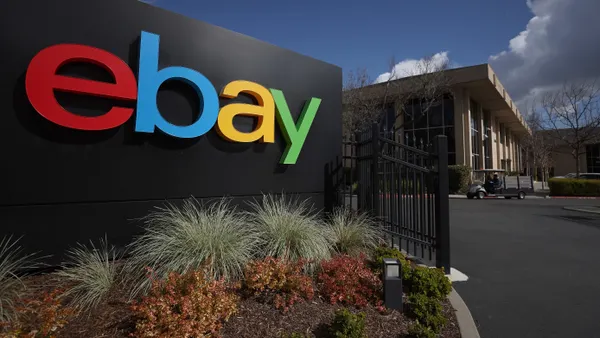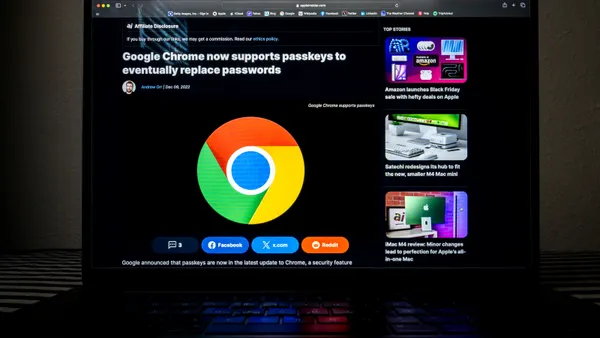Dive Brief:
-
Downloads of mobile shopping apps worldwide grew 20% year over year in the first half of 2017, with the average user across major geographic regions using between two and four shopping apps in a given month, according to App Annie’s latest Global Retail Report emailed to Retail Dive.
-
In the U.S. alone, consumers on average spend around 50 minutes in shopping app sessions each month, and about 10 hours total yearly, the report stated. South Korean consumers, by comparison, spend more than 90 minutes in shopping apps monthly, the highest average worldwide, while consumers in Indonesia, India, Japan and Germany also average more than an hour in these apps.
-
Digital-first shopping apps like Amazon’s ranked ahead of those from brick-and-mortar retailers like Walmart and Amazon in average monthly sessions per user in the first half of this year. In the U.S., total sessions in the top five digital-first apps increased about 60% in the first half, while total sessions in brick-and-mortar apps grew by about 50%.
Dive Insight:
Other recent studies have also suggested great growth in shopping app downloads over the last two years. And seeing a strong first half of the year is particularly encouraging as retailers enter the busiest shopping period of the year.
During this holiday season, App Annie expects those digital-first apps to be particularly busy, estimating that more than 12 million hours overall will be spent by U.S. mobile users in the top five digital-first Android apps on Black Friday and Cyber Monday. That figure represents a 40% increase over time spent in these apps on those two big shopping days last year. Coinstar found in a recent survey that Black Friday 2017 could be the biggest online shopping day ever.
The top five digital-first apps in the U.S. during the first half in terms on the amount of time spent on them were Amazon, Amazon Shopping (Amazon’s previous mobile shopping app), Wish, Etsy and Zulily. The top five brick-and-mortar retail apps for time-spent were Walmart, Target’s Cartwheel, Kohl’s, The Home Depot and Kroger.
As noted, digital-first apps ranked ahead of the apps of physical store operators in monthly session during the first half of the year. Brick-and-mortar retailers may look at the disparity in growth rate between digital-first retailer app sessions and their own, and see it as a positive sign and reflection of the notion that shoppers may be spending more time in their physical stores. However, as App Annie points out, this also could mean physical store operators are seeing fewer opportunities and less time to convert mobile app users into purchasers.
It's probably time for those retailers with physical stores to recognize that that just having a mobile app and persuading consumers to download and browse on it once in a while isn't the ultimate goal. Once they are in it, retailers should do whatever they can in terms of marketing, promotions and overall user experience to get them to buy via mobile.
This story is part of our ongoing coverage of the 2017 holiday shopping season. You can browse our holiday page and sign up for our holiday newsletter for more stories.












